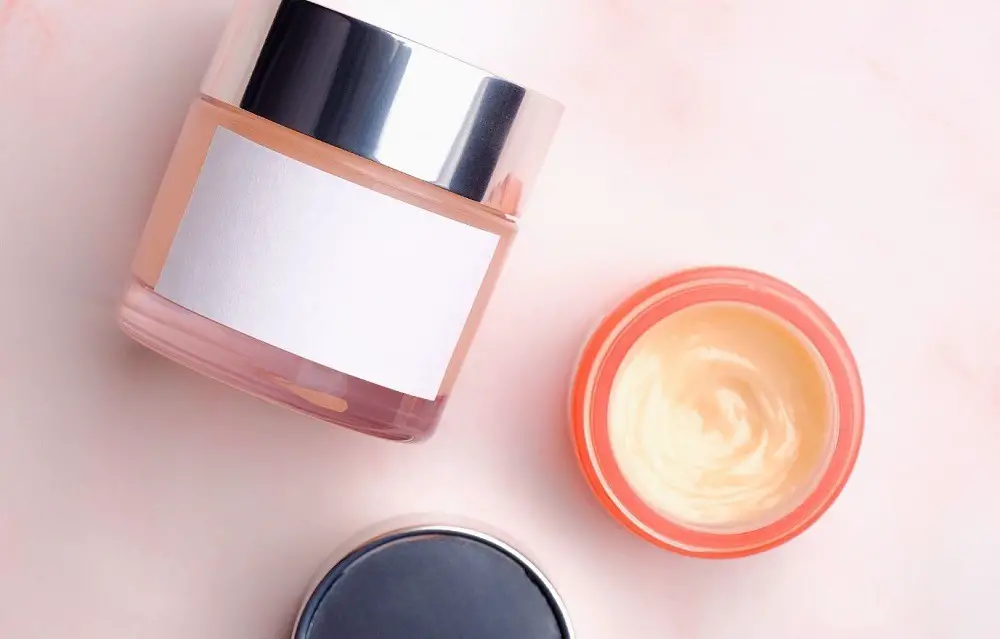What is Ceteareth-20?
Ceteareth-20 is a common ingredient found in several different products, specifically related to the cosmetic industry. It is a functional ingredient that serves a purpose. This purpose is to keep oil and water ingredients together.
With this in mind, it is clear that Ceteareth-20 is an emulsifier. It also works as a thickener in products, and as a stabilizer. It can help to improve the overall appearance of your product by giving it shine and glossiness.

As well as improving the appearance of your products, it can also improve their texture. As such, it is known as a texture enhancer, because, you guessed it, it enhances the texture of products. As an emulsifier, it keeps the ingredients used in a product together so that they don’t separate.
In terms of its chemical makeup, it is Cetearyl alcohol. This is derived from many different sources such as animals (for example the sperm whale), and plants like palm and coconut.
This Cetearyl alcohol turns into Ceteareth-20 by becoming ethoxylated. What we mean by this is that ethylene oxide gets added to Cetearyl alcohol which is a type of fatty alcohol.
The number of ethylene oxide molecules that get added to this fatty Cetearyl alcohol is 20. This is where the name Ceteareth-20 comes from. The addition of these molecules helps to increase the water solubility of Cetearyl alcohol.
In turn, this produces a molecule that is both water and oil soluble, making it an emulsifying molecule that can bond oil and water-based ingredients together.
In terms of its use in skincare, it is also known as a penetration enhancer. This is because it can help your skincare products to penetrate the skin more easily and much deeper. It does this by altering the skin’s structure.
What is Ceteareth-20 used for?
As you know, Ceteareth-20 is used for its emulsifying, stabilizing, and thickening properties. As its usage might suggest, this is a popular ingredient used in many skincare, body care, and hair care products. After all, no one wants their products separated!
It stops oil from separating from the water-based ingredients, thus ensuring you don’t get a gross and unsightly layer of oil on the top of the product. Because it has no odor, it lends itself well to a variety of products. As well as this, it blends easily with both natural and synthetic oils.
As we have mentioned, it is particularly important as an ingredient in a variety of products for the hair, skin, and body. It can make the product thicker, allow it to go onto the skin and hair better, and even help the product to foam (this is because it has surfactant properties).
With this in mind, several common, everyday products use Ceteareth-20.
Bear in mind that the ingredient is not always listed as Ceteareth-2. It may be listed as one of the following names instead:
- Cetearyl Alcohol,
- Cetyl alcohol,
- Stearyl alcohol,
- Cetostearyl alcohol,
- C16 or C18 alkyl alcohol,
- Alcohols, C1618,
- 1-octadecanol with 1-hexadecanol.
Keep an eye out for any of those names on a number of your favorite cosmetic products, hair products, and skincare products. It is most commonly found in the following products:
- Sunscreen
- Body creams
- Lotions
- Facial moisturizers
- Shampoo
- Conditioner
- Hair mousse
- Anti-frizz products and creams
- Mascara
- Hair removal creams
- Hair dye
- Face mask
- Body butter
- Shower gel
- Skin peel products
- …and so many more!
Ceteareth-20 is used by so many brands in a plethora of products. So much so that you are highly likely to be able to find it on countless products that you have sitting in your bathroom right now.
What are the health risks associated with Ceteareth-20?
As with lots of chemical ingredients, there have been some worries over the possible health risks associated with the use of Ceteareth-20. We want to clarify immediately that Ceteareth-20 has been deemed safe for use in countries all over the world, and as such, it is used by countless reputable brands.
In small amounts, it is absolutely fine to add to products. The recommended percentage is up to 6% in skincare and body care and up to 30% in hair care. It should not exceed 30%! This is good news and will hopefully put the worries of cosmetic users at bay.
That being said, it has not been without its criticism. Many people who choose to use only natural products have touted the danger of Ceteareth-20, deeming it a dangerous carcinogen! However, medical research has found that this is not the case and that there are no mutagens in there that can cause cancer.
That being said, there is certainly a possibility that a person can get an allergic reaction from Ceteareth-20.
As such, you should be aware of any symptoms you experience after using a product with Ceteareth-20, such as swelling, redness, burning, blistering, irritation, and stinging. If you do experience this, cease the use of the product and contact a doctor immediately.
